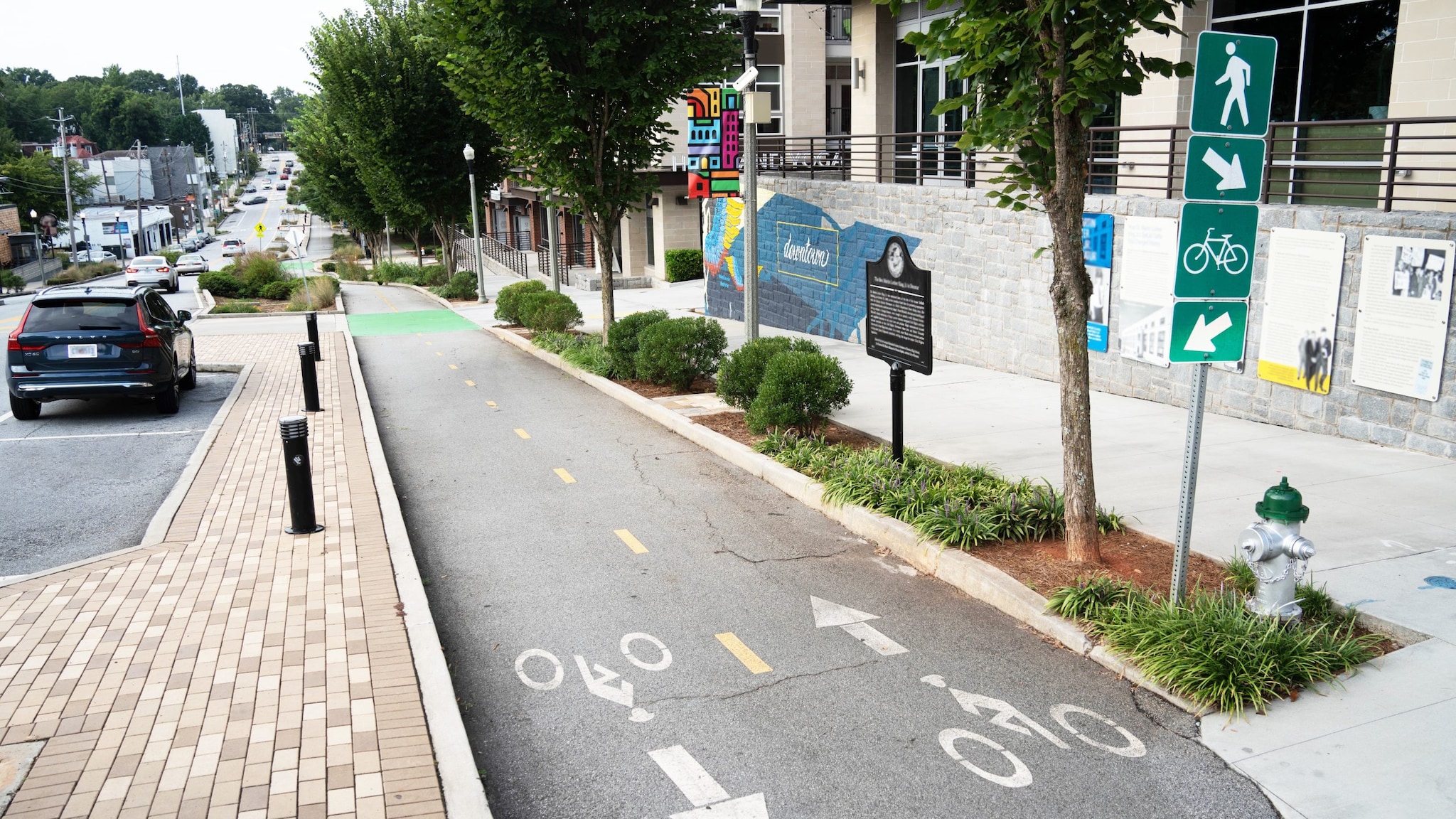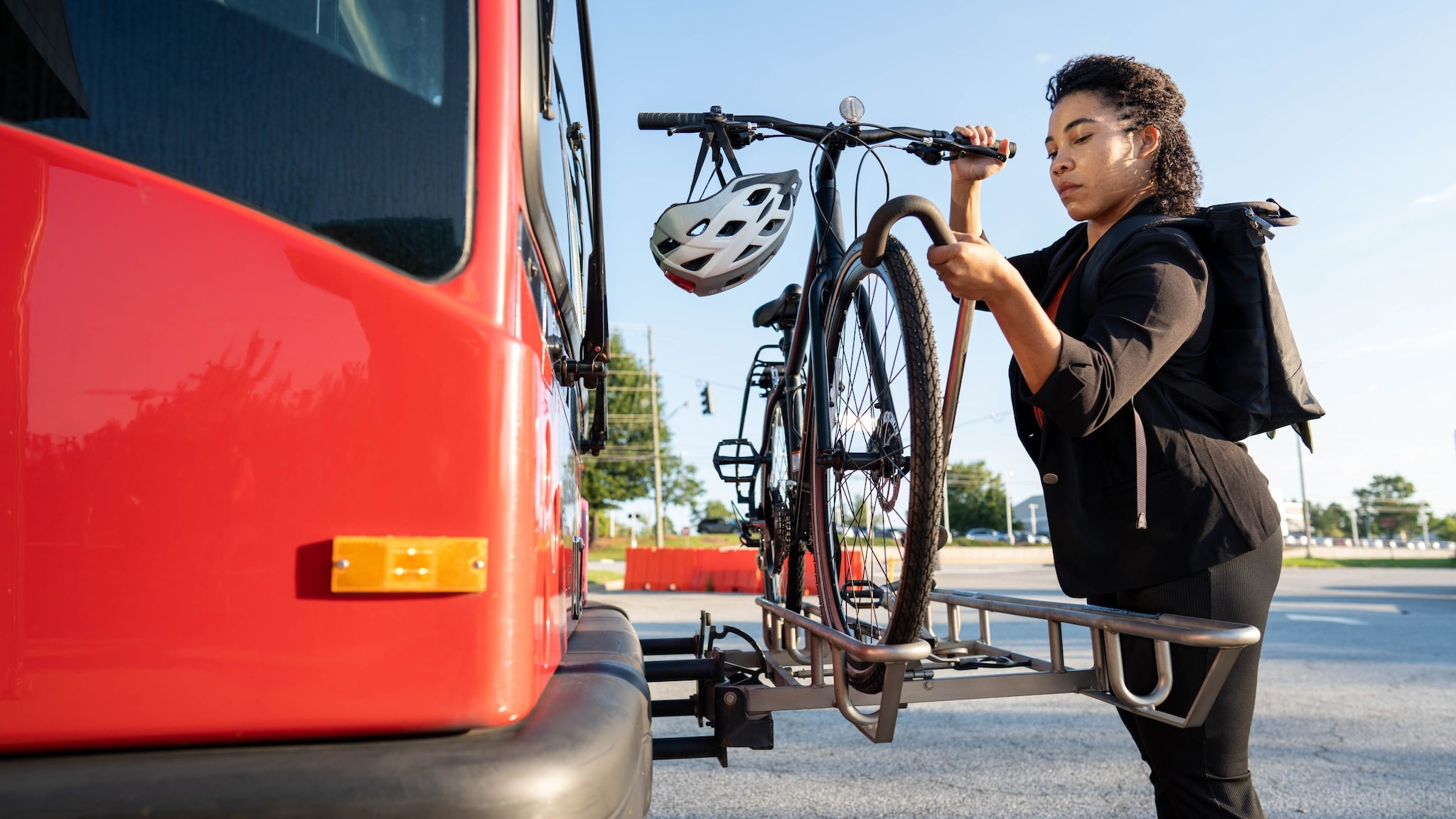Key points
- Making it easier for people to get to their destinations by walking, biking, or rolling encourages people to be physically activity.
- Creating environments that make it easier for people to walk or bike can also make communities better places to live.

Overview
Walking is an excellent way for people to be more active and improve their health. Improving and connecting routes and destinations in communities can encourage people to walk.
Modifying the built environment makes it easier for people of all ages and abilities to walk, bike, run, or roll. For example, communities can be designed to locate residences within short walking distance of stores and public transportation. Sidewalks or paths between destinations can be designed and maintained to be well-connected, safe, and attractive. Improving walkability also helps people who bike or use wheelchairs.
Transportation policies can also create or enhance pedestrian and bicycle networks. In addition, public transportation systems can be expanded to encourage active transportation, such as walking or biking.

Making it easier for people to walk or bike can also make communities better places to live. People in neighborhoods designed to promote physical activity and active transportation are likely to spend less time in their cars and more time walking, biking, and rolling. Communities designed to increase physical activity can improve safety, increase interaction between residents, improve local economies, and reduce air pollution.
Takeaway
Combined approaches
To increase physical activity, community design strategies need to include at least one element from Activity-Friendly Routes and one from Everyday Destinations below.
| Activity-Friendly Routes | Everyday Destinations | |
|---|---|---|
These may include new or improved:
|
 |
These may include increased:
|
Resource
Goals
Active People, Health NationSM is a CDC initiative that works with state and community-based organizations to get 27 million Americans more physically active. The initiative aims to create opportunities for active transportation and leisure time physical activity by:
- Promoting social supports such as walking groups.
- Enhancing or creating comprehensive plans to make walking a safer, more convenient, and more realistic travel option.
- Adopting Complete Streets policies for safe and convenient access to community destinations.
- Participating in Safe Routes to Schools to create safe, convenient, and fun opportunities for children to bike or walk to and from school.
More information
- Step It Up! The Surgeon General's Call to Action to Promote Walking and Walkable Communities
- Status Report of the Call to Action
- Combined Built Environment Features Help Communities Get Active
- Physical Activity Guidelines, 2nd edition
- Health Benefits of Physical Activity
- CDC's Designing and Building Healthy Places (coming soon)

Want additional tips and resources to be active?
Learn about Active People, Healthy NationSM, CDC’s national initiative to help people be more physically active.
